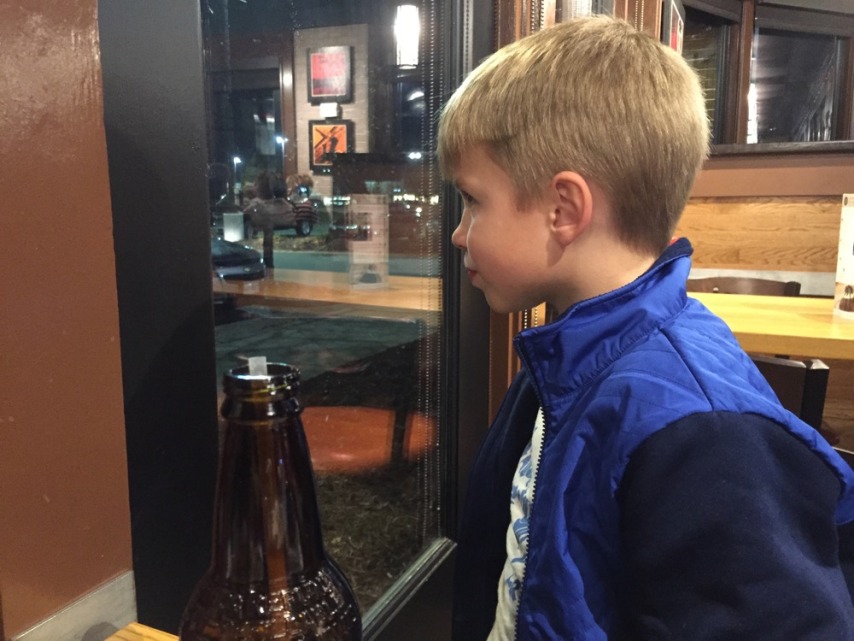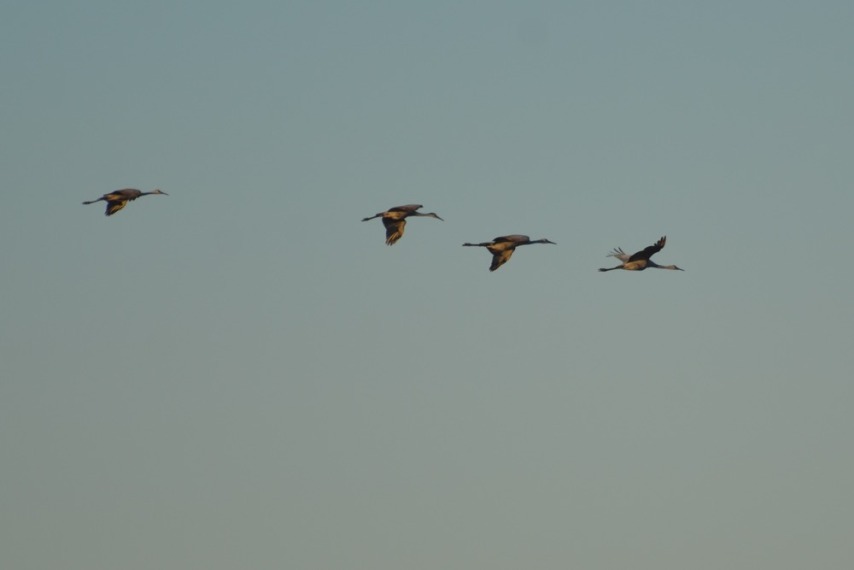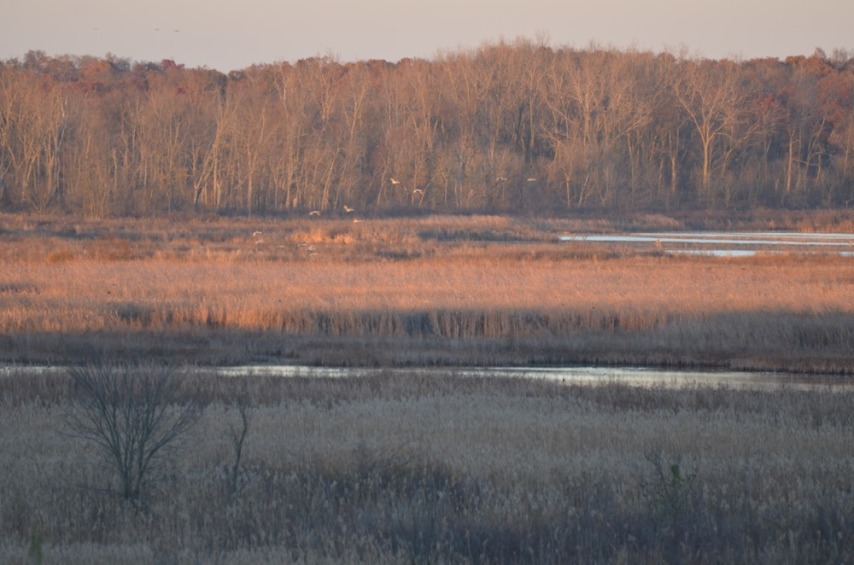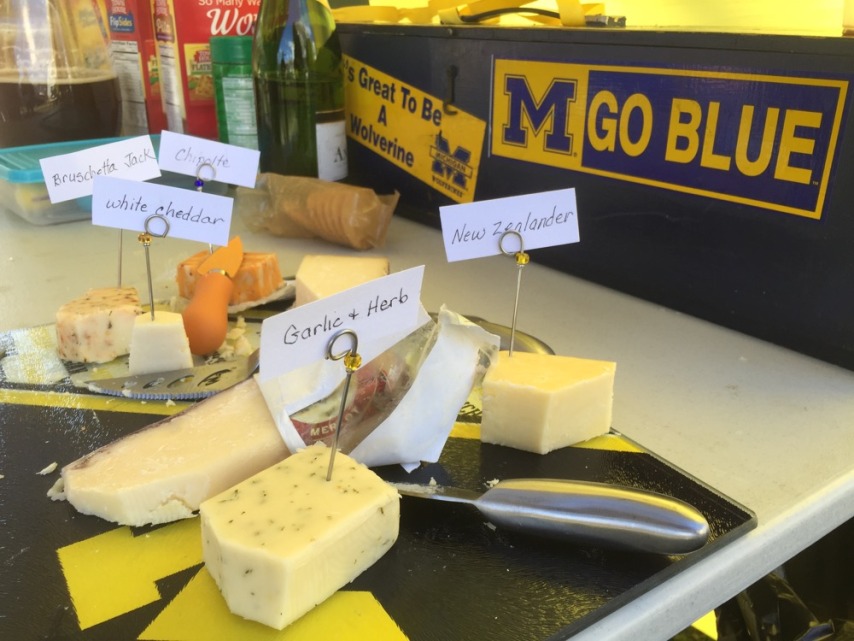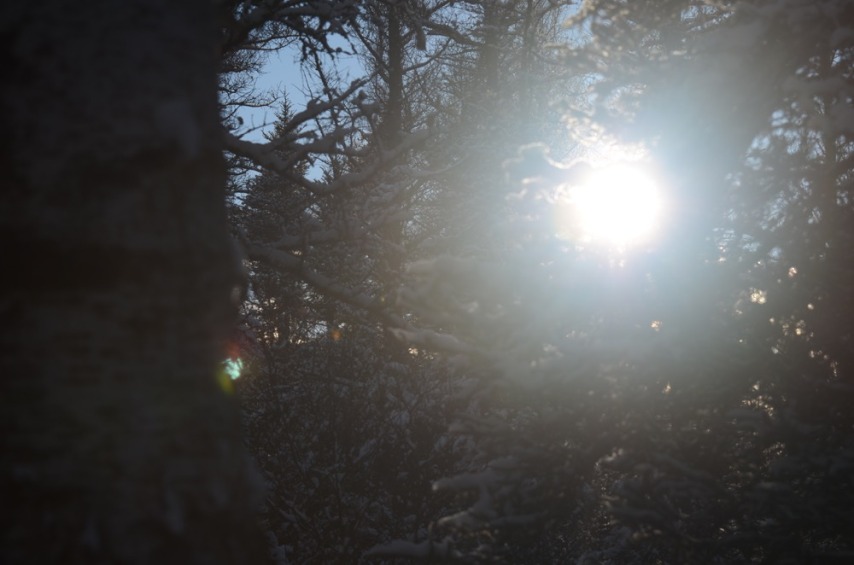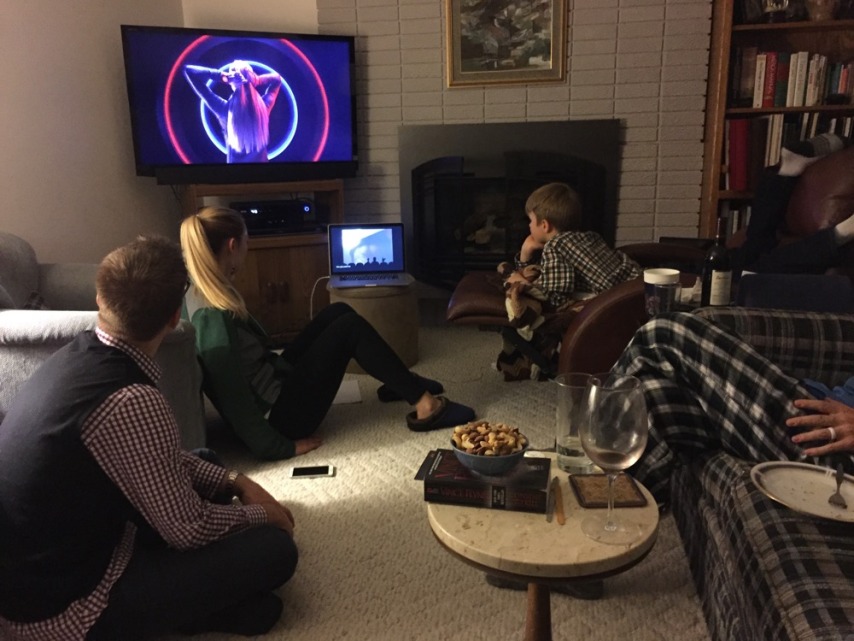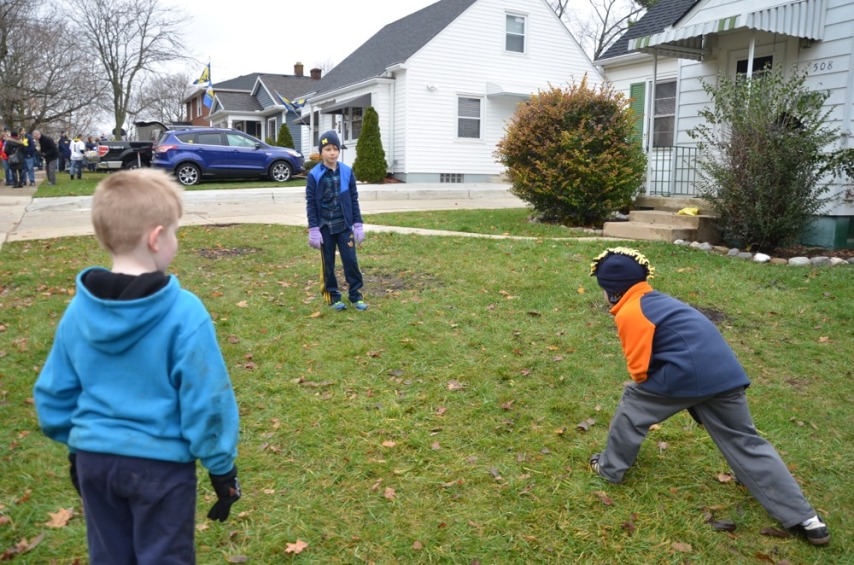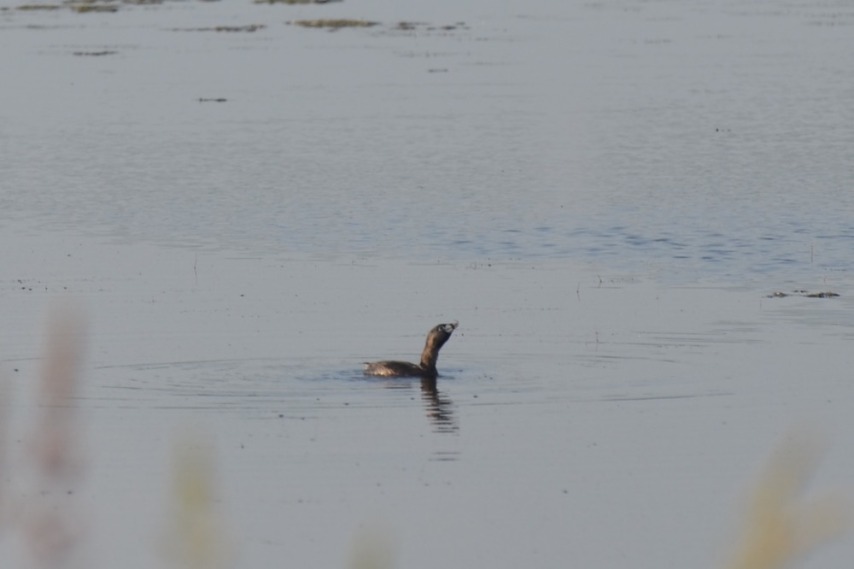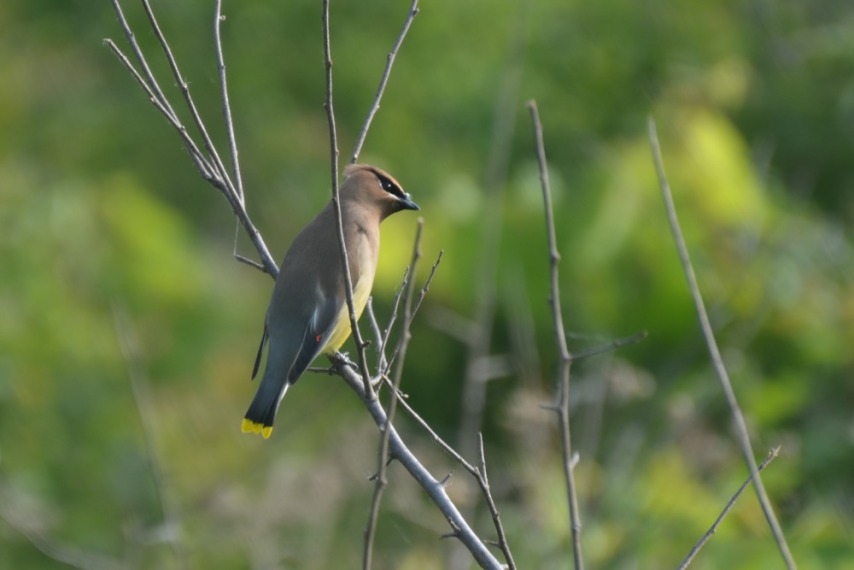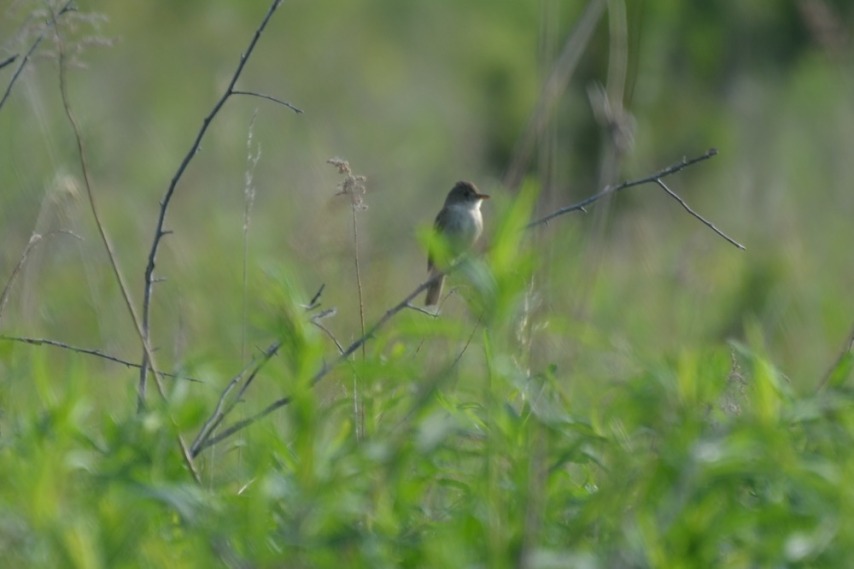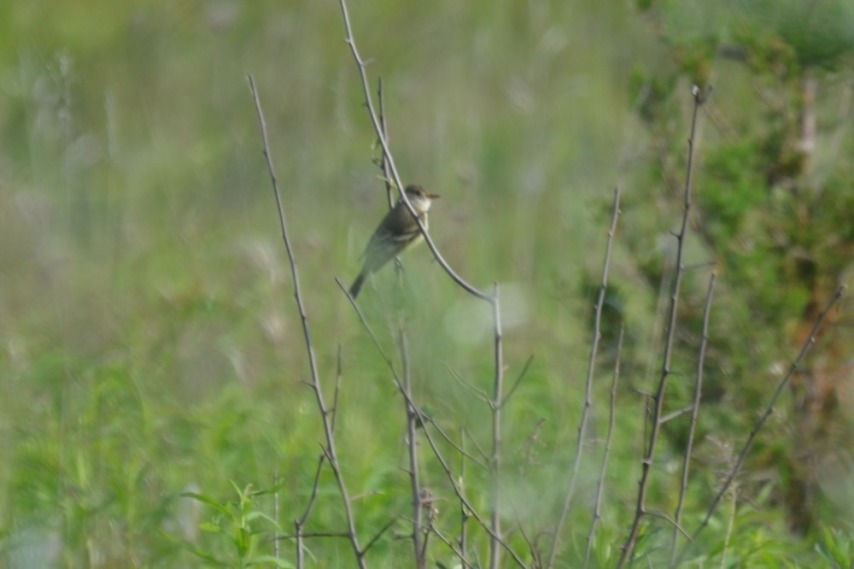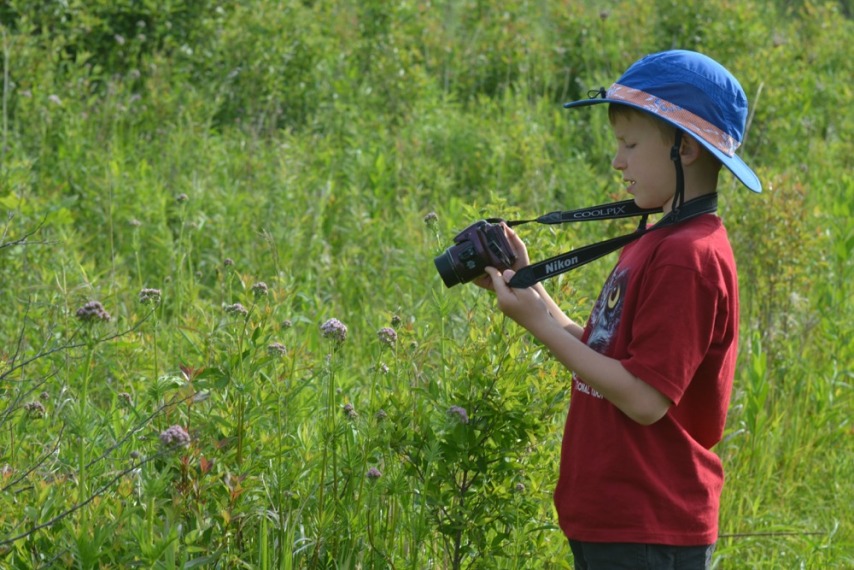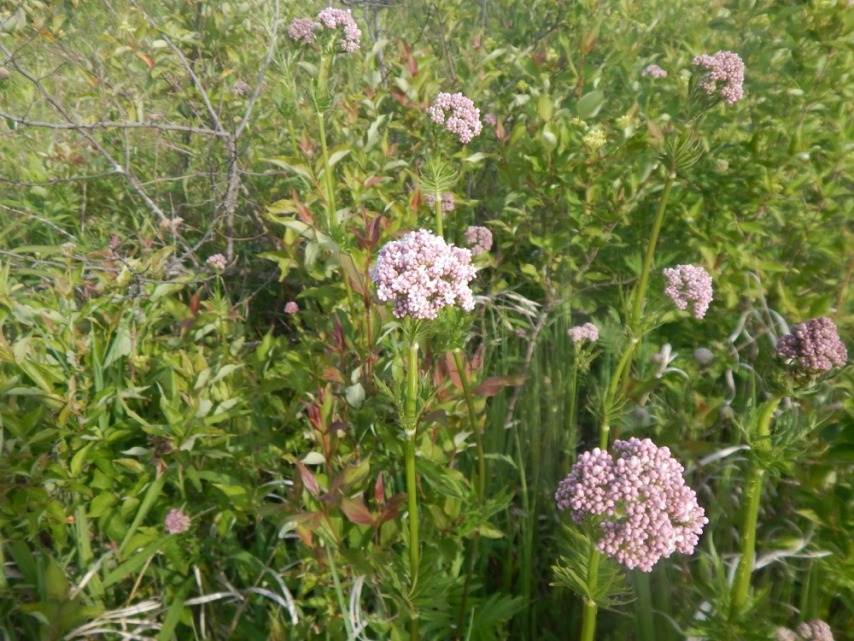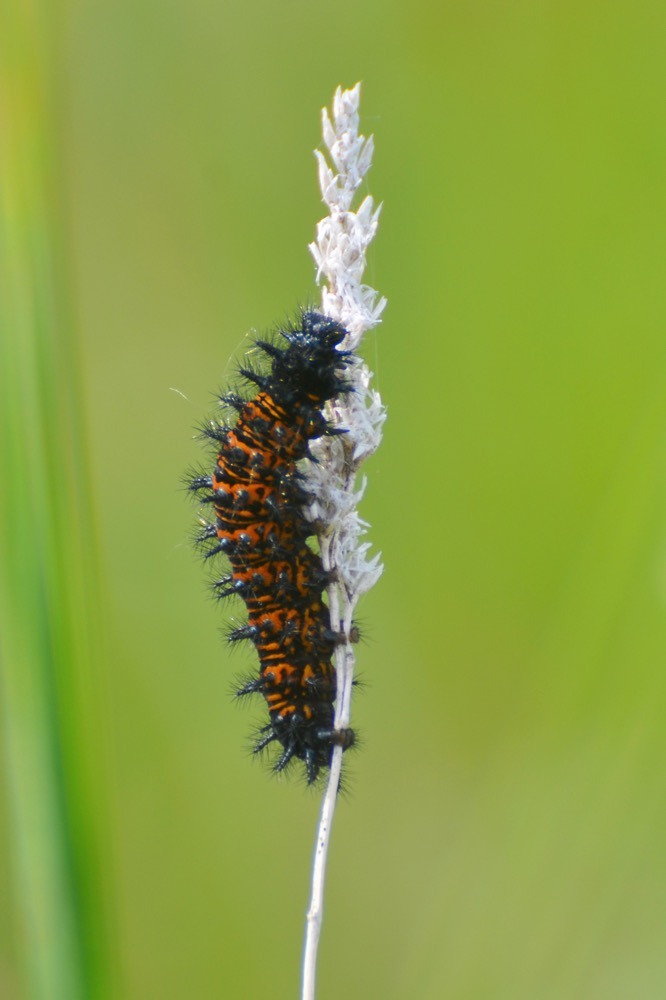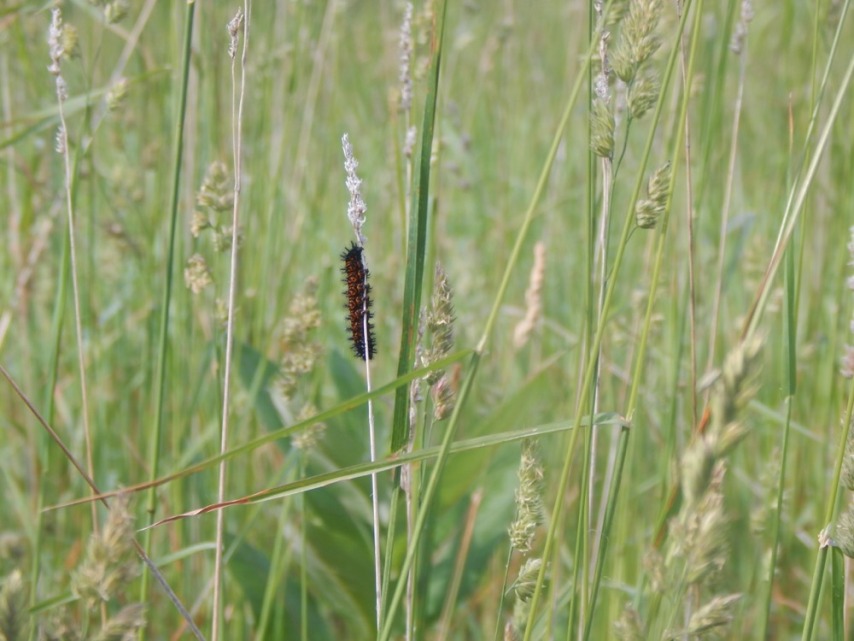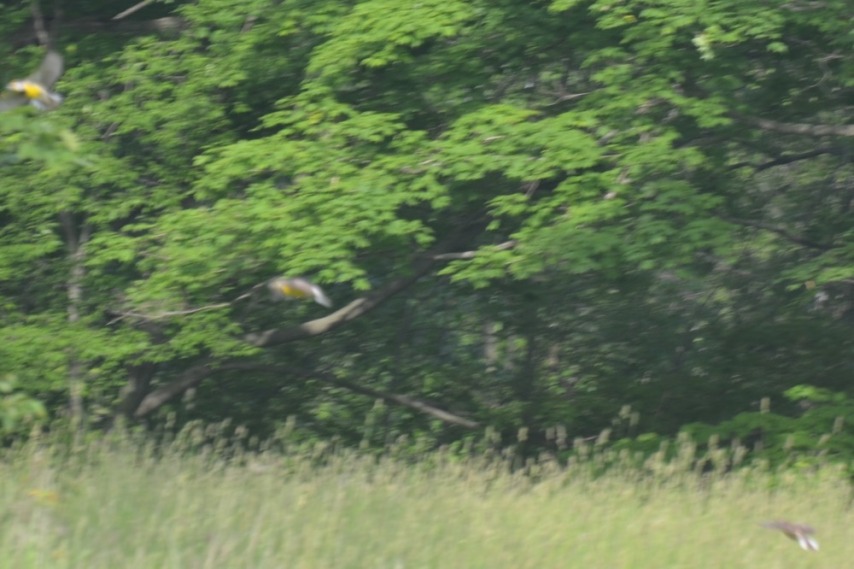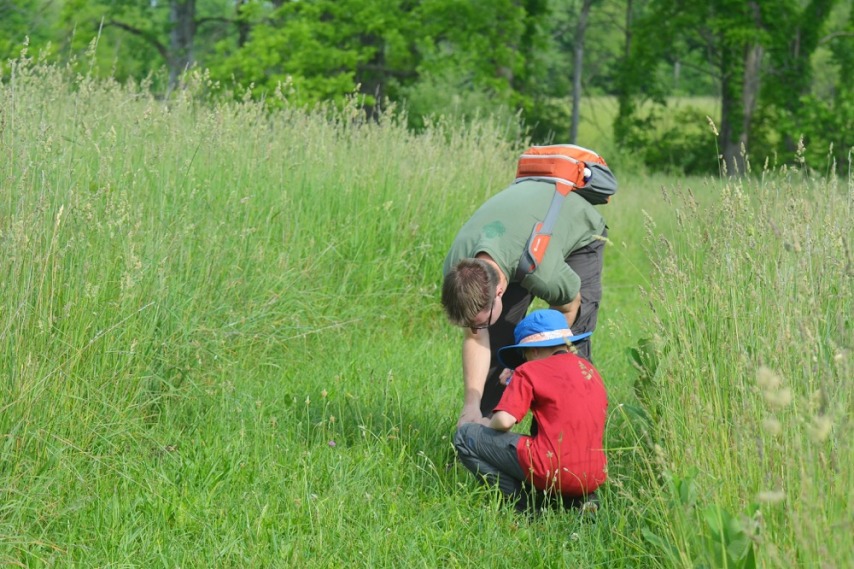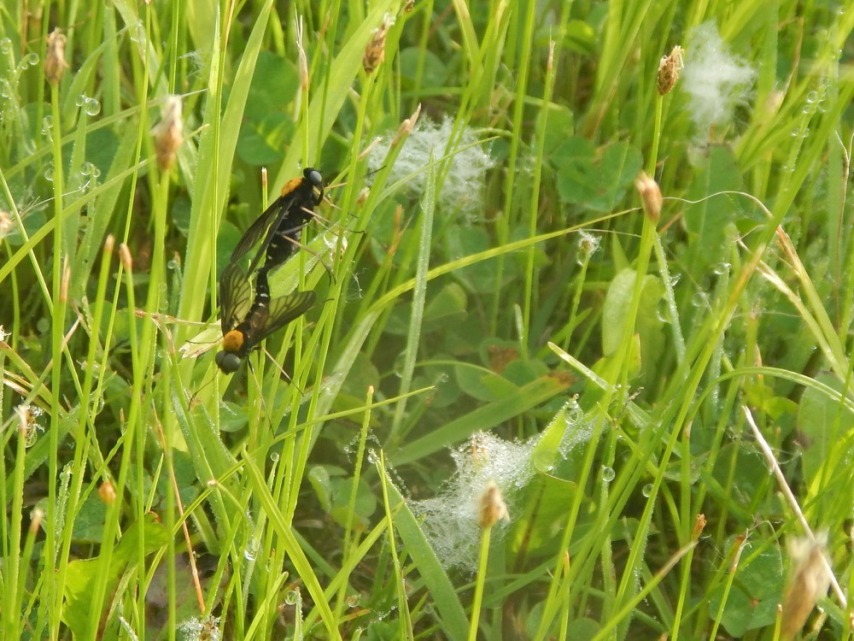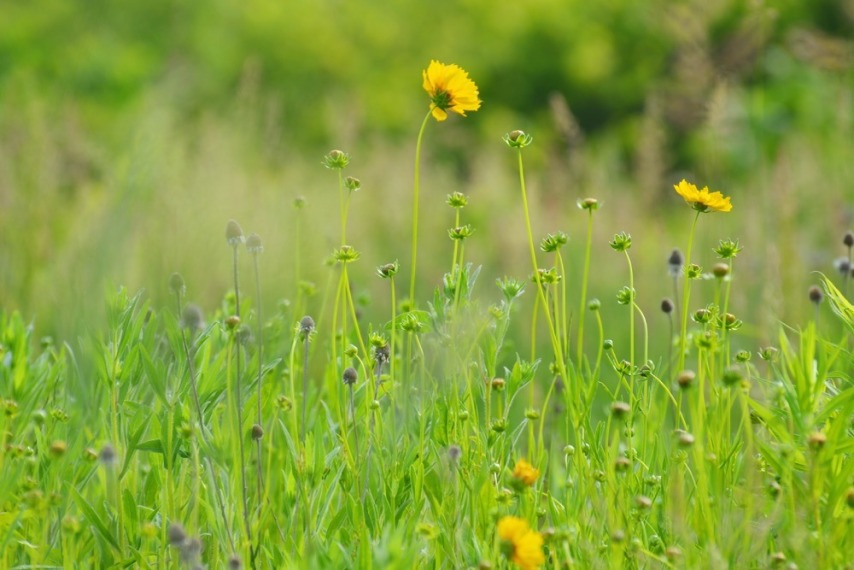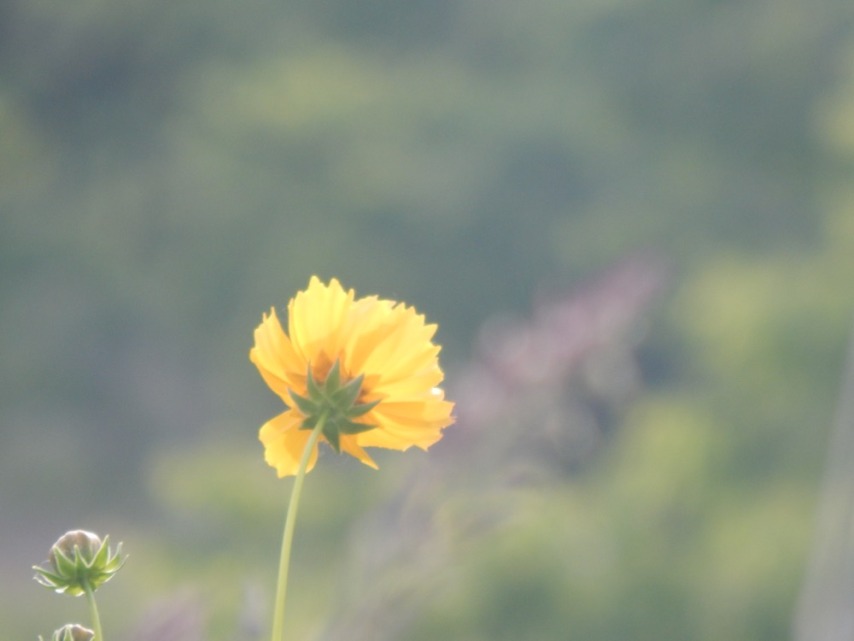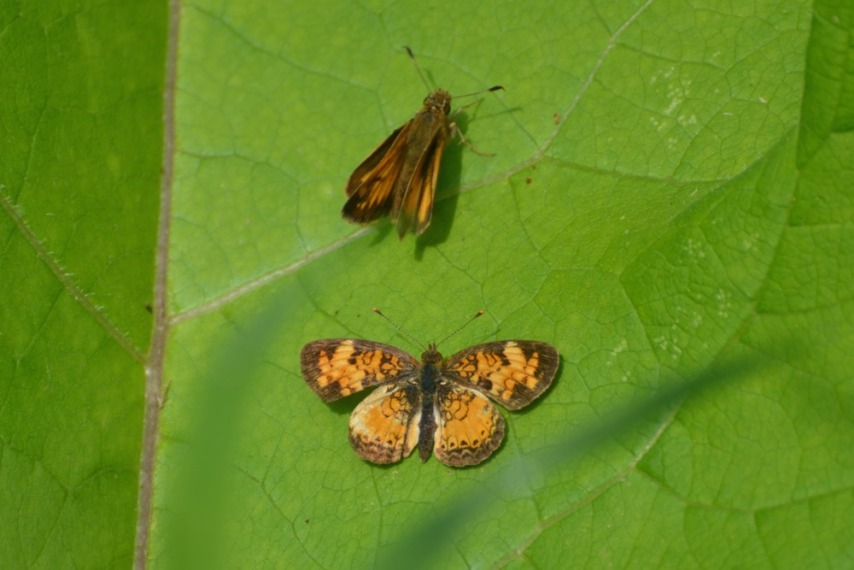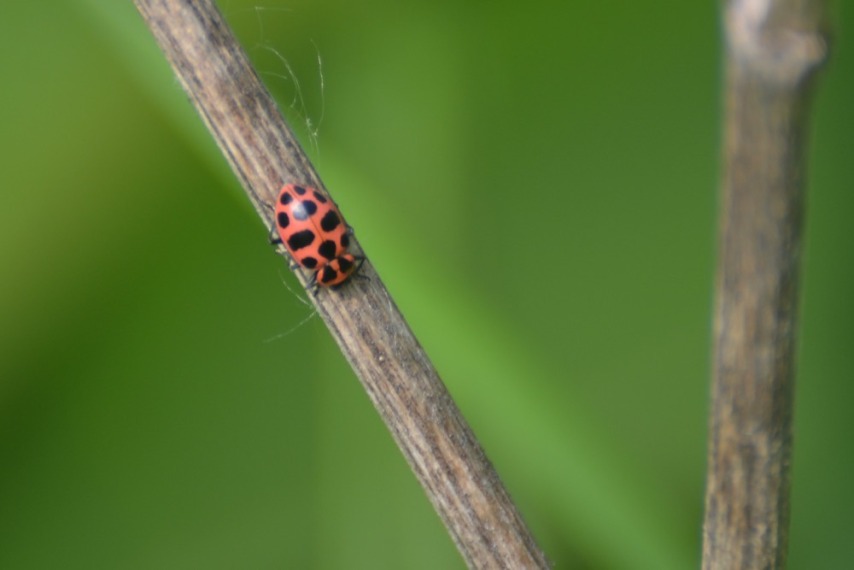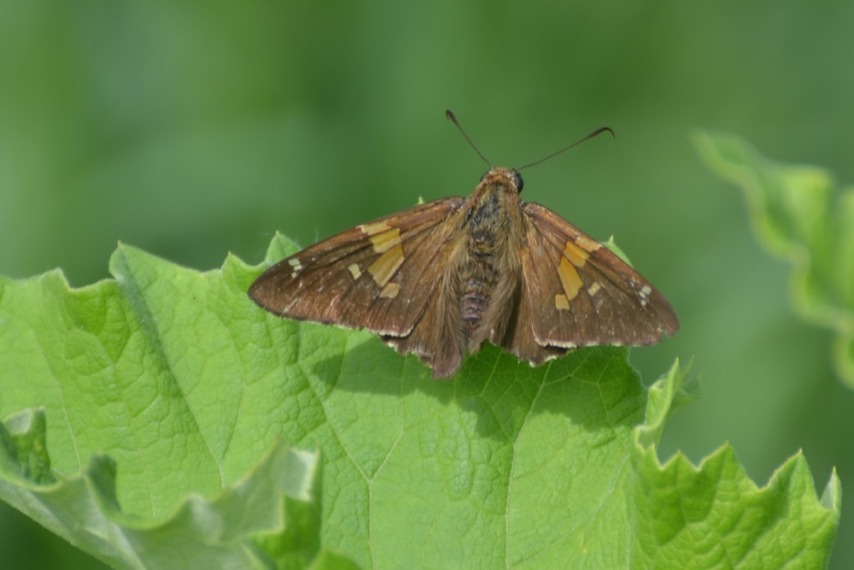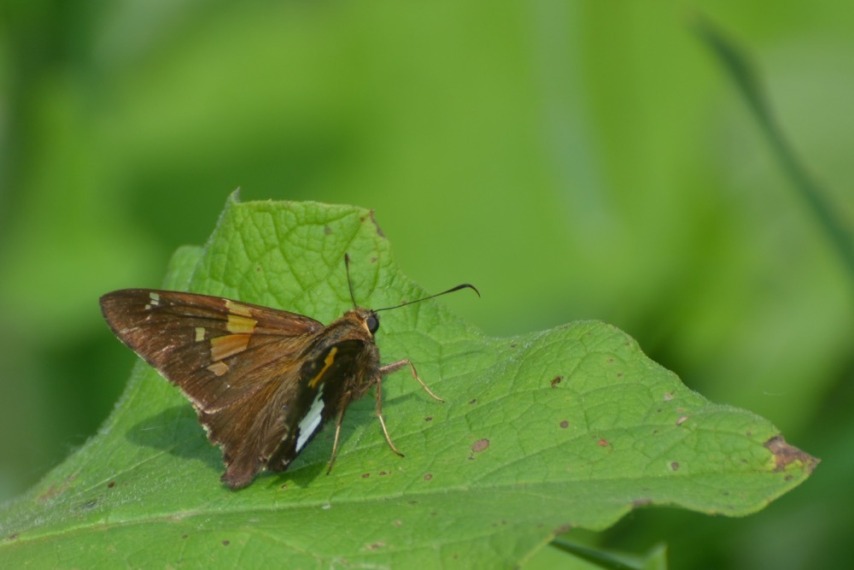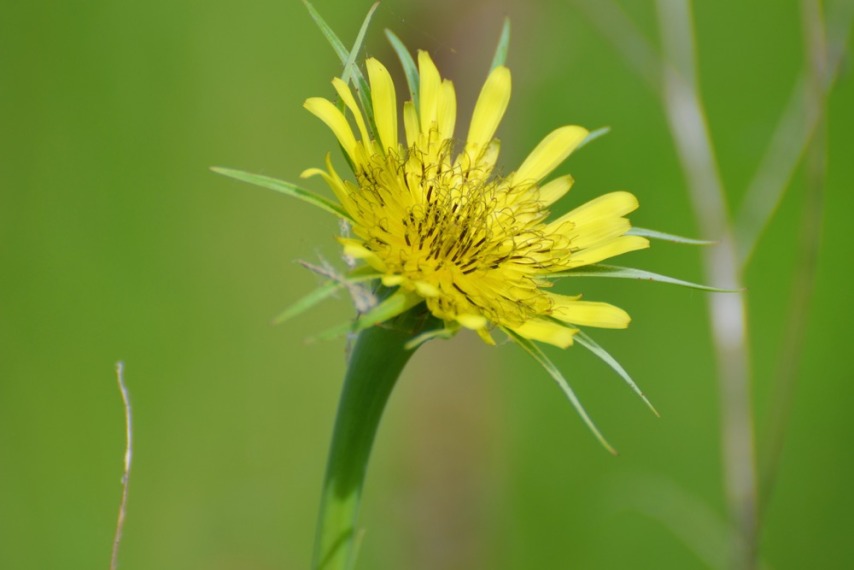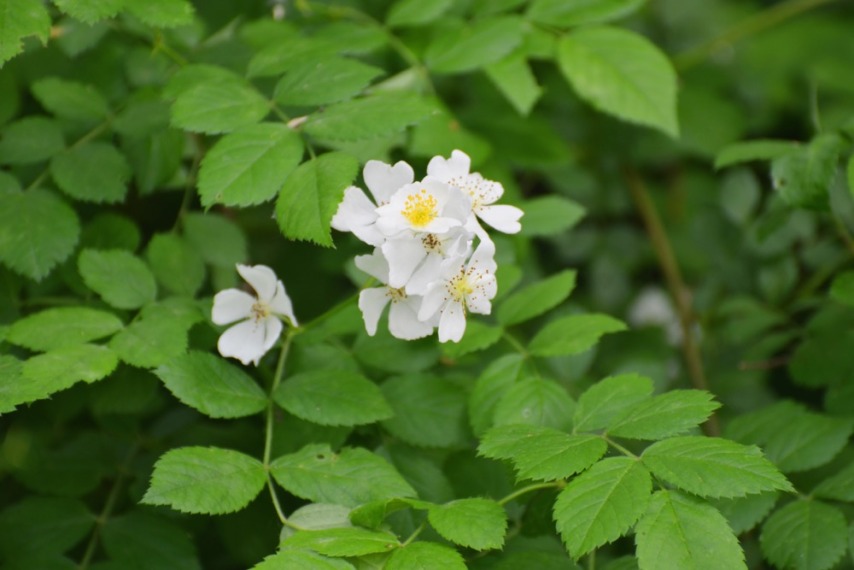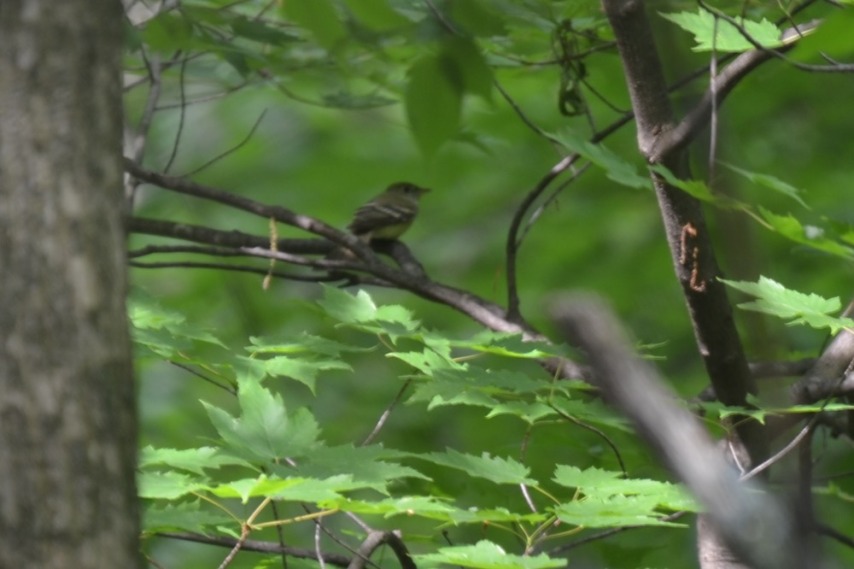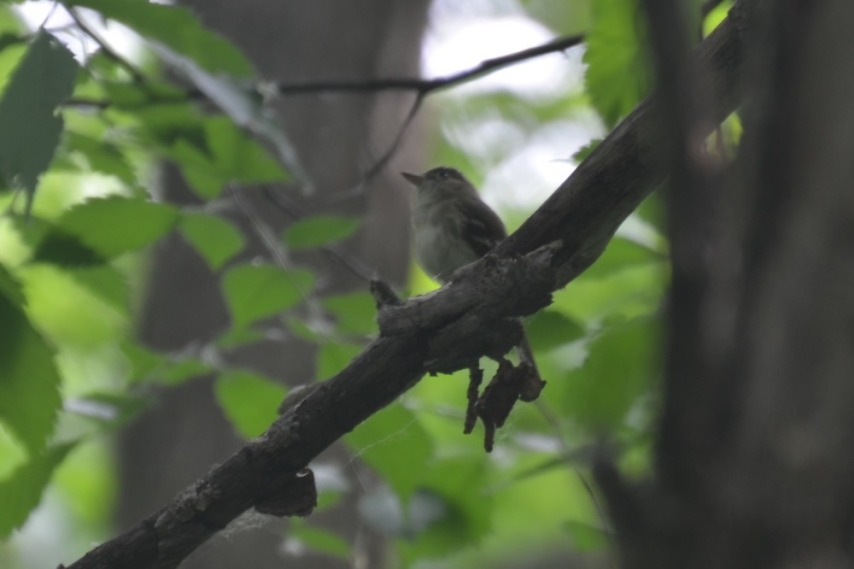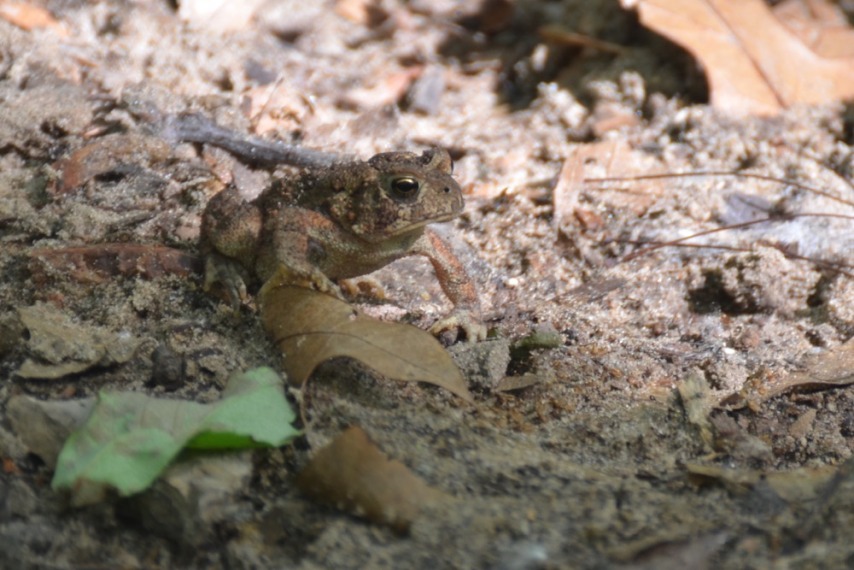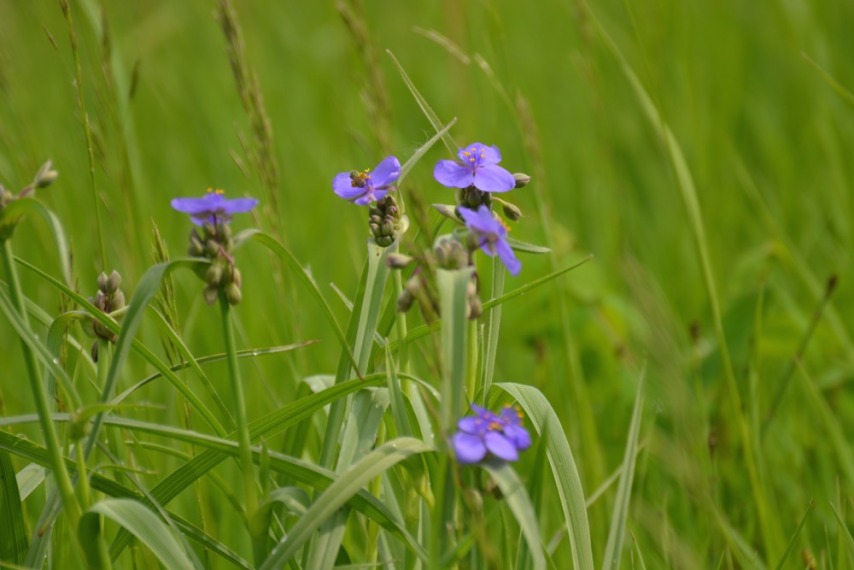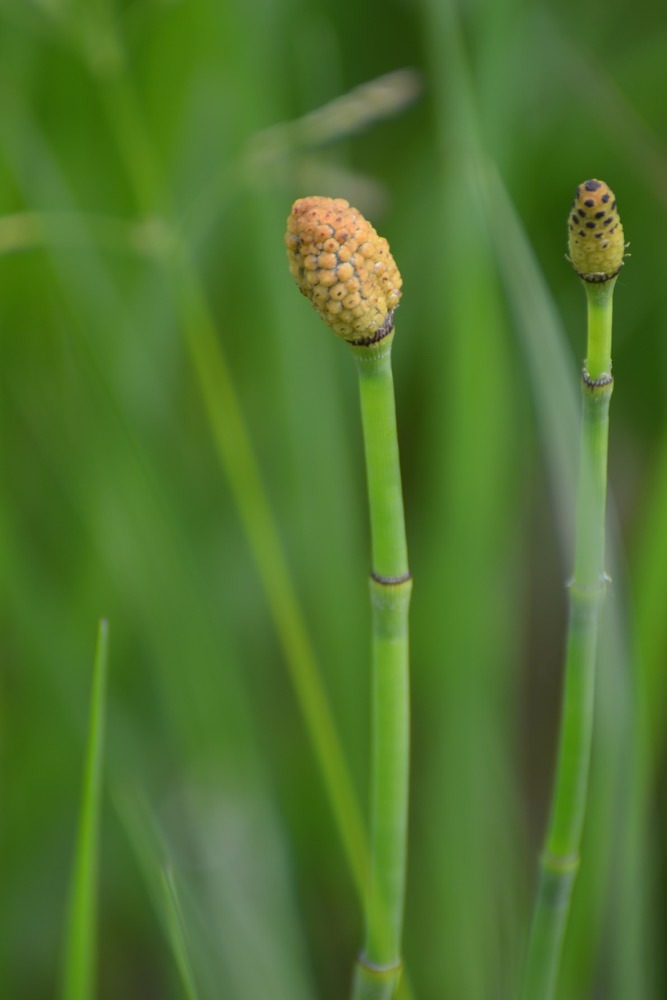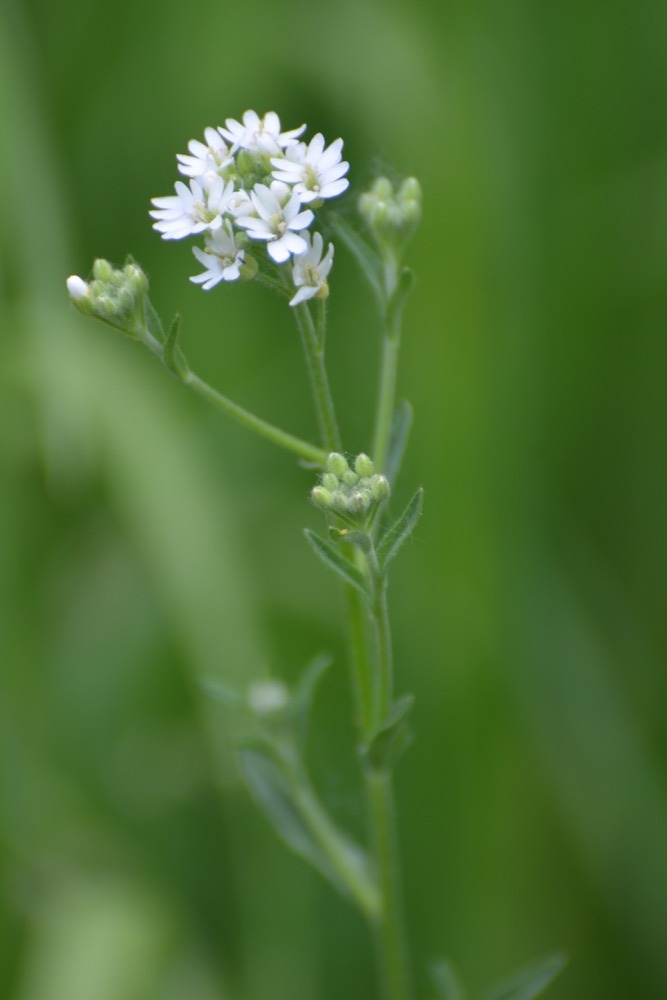If all Spike Jones and the Chipmunks wanted for Christmas was their two front teeth, all Calvin really wanted on his birthday was a trip to the zoo. The poor kid had earned it weeks ago with a good showing in his end-of-the-year school work and had patiently been waiting ever since then, but one thing or another (weather, car trouble, and other events) had gotten in the way...until last week, and then it just seemed fitting to wait. And maybe to surprise.
Recently, in talking with my parents about fun memories and events, I mentioned how fantastic it was that they were so spontaneous when we were kids. I distinctly remember several days, sprinkled here and there through the years, that started like any other day but ended at a fair, or a zoo, or eating ice cream the next town over. The best example I had was my brother and I being awakened early one morning and asked if we'd like to go to Cedar Point. You have to ask??? Of course! I mentioned to them how wonderful that seemed, both at the time and even now, looking back, and they had this to say: it wasn't spontaneous at all. They'd planend it all out, they just didn't want us to be disappointed if it rained and we ended up not being able to go. I guess you could say said spontaity was a little like Santa Claus.
So when we got up on the morning of Calvin's birthday, and we'd filled his floor with balloons in the night, then served him the breakfast of his choice and given him a card I'd been saving for for him for years, I asked him what, if he could do anything in the world, would he like to do for his birthday. Go the zoo, was his obvious answer, and I simply said yes. And it seemed spontaeous, and it felt like a gift in and of itself, and it was great! And I'd planned it all ahead. I learned from the best.
So to the zoo we went, along with, apparently, dozens of schools taking elementary kids on equally well-earned end-of-the-year field trips. That's okay, though, because outside venues don't get crowded the way indoor museums do, and we were able to avoid most of the cumbersome foot traffic. We did do several of Calvin's favorite things: the dinosaur exhibit was back after several years away, we rode the train, we visited the penguins, and, because this was top on his list of things to see, we visited the Black-crowned Night Heron roookery, which is not an official zoo exhibit, as the birds are entirely wild but have made the zoo trees their home for decades. We also saw a tiny baby Oriole being fed by his parents and a family of Wood Ducks in the free pond (i.e. also not zoo animals), and there were two entirely new animals, Gentoo Penguins and Wolves, which delighted both of us.
Although sad that Jon could not join us, I cannot think of a better way to celebrate this little boy turning nine.
Mexican Bluewing
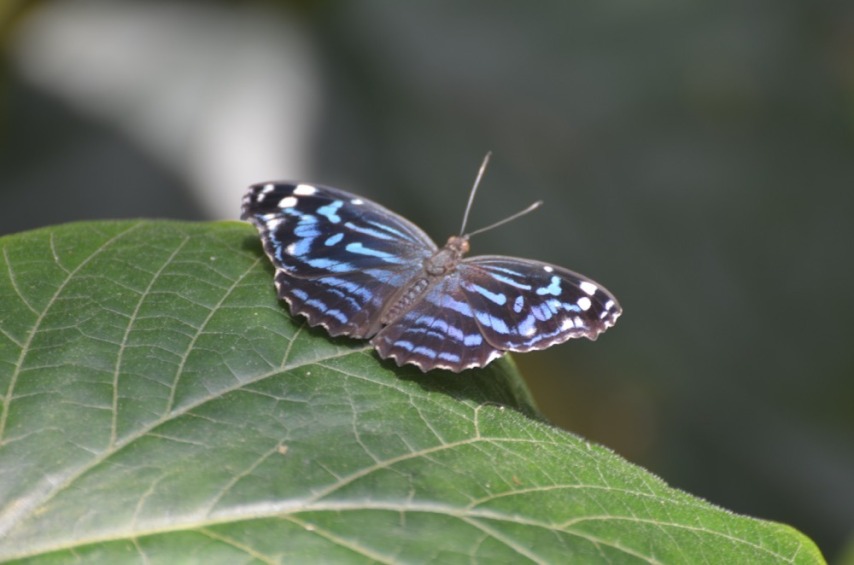
Owl Butterfly
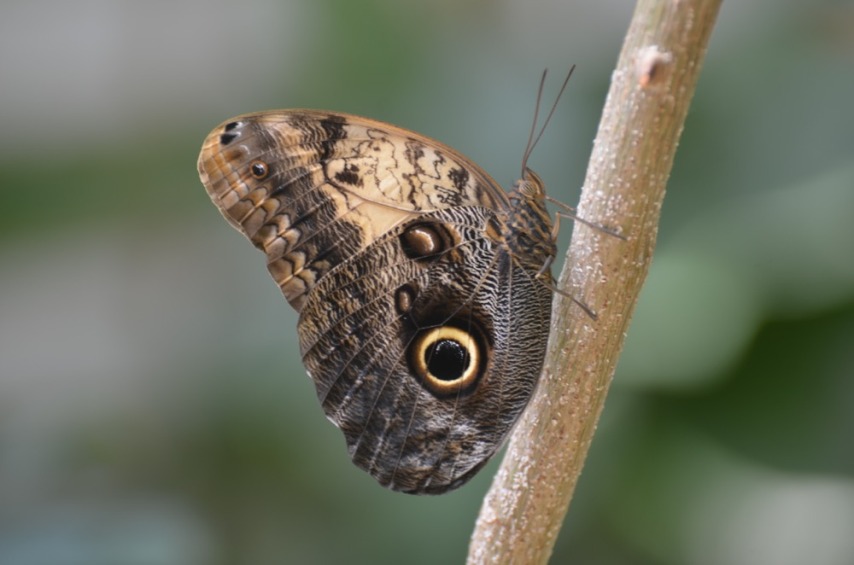
Scarlet Ibis
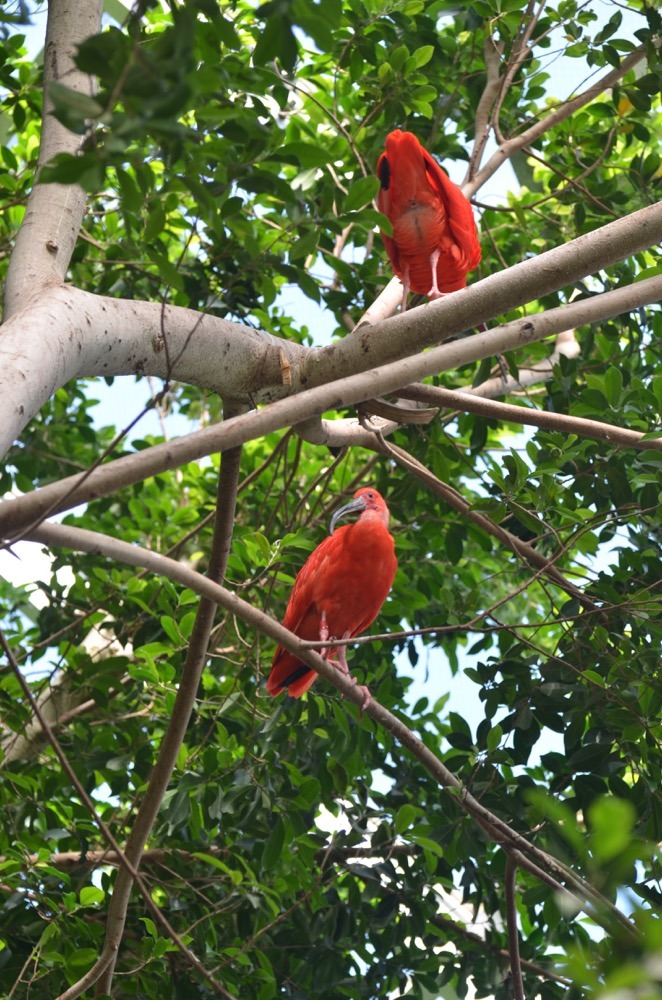
Read the sign, don't remember
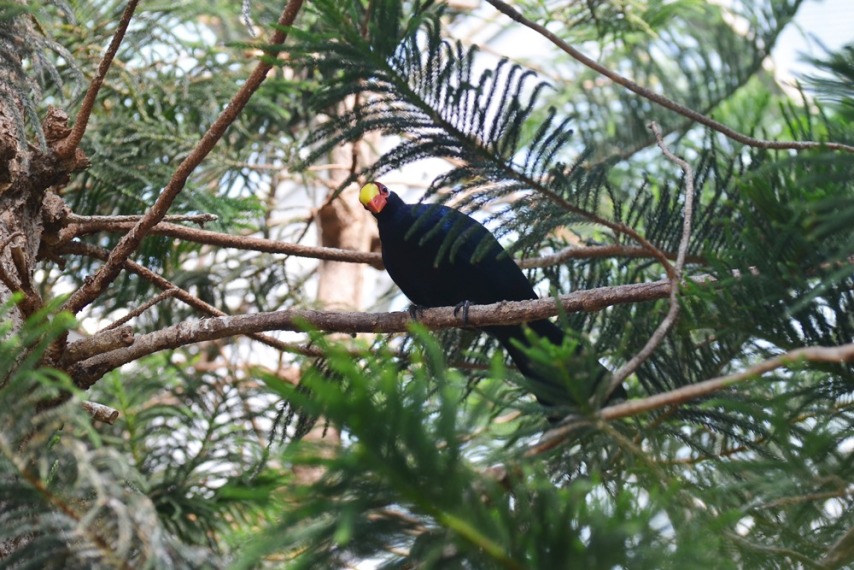
Taveta Golden Weaver
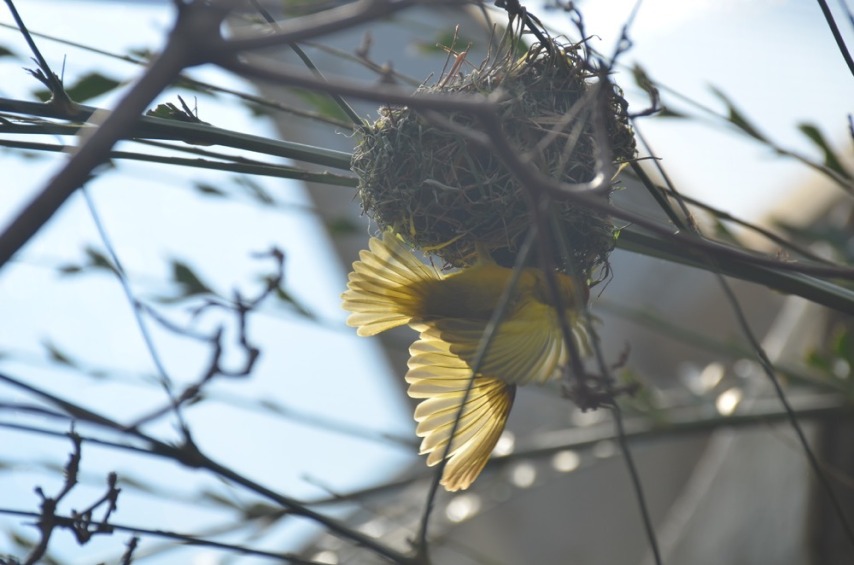
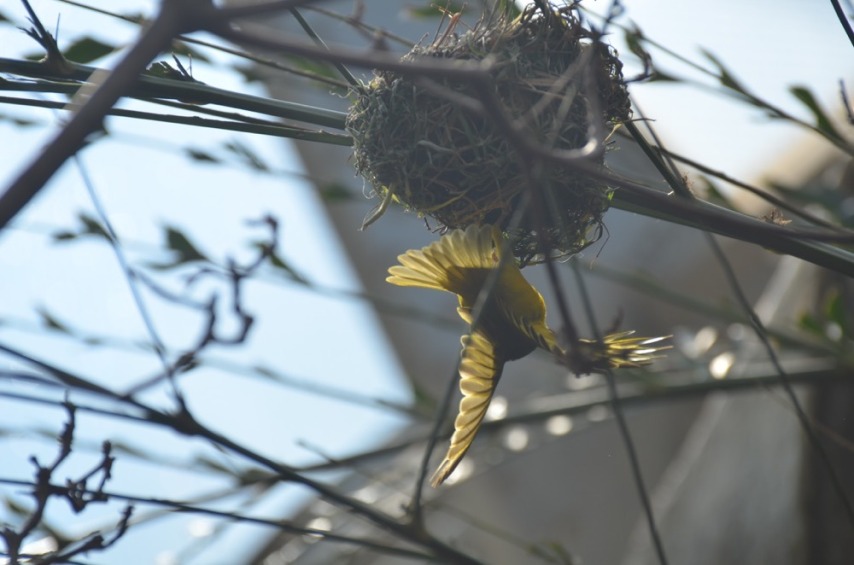
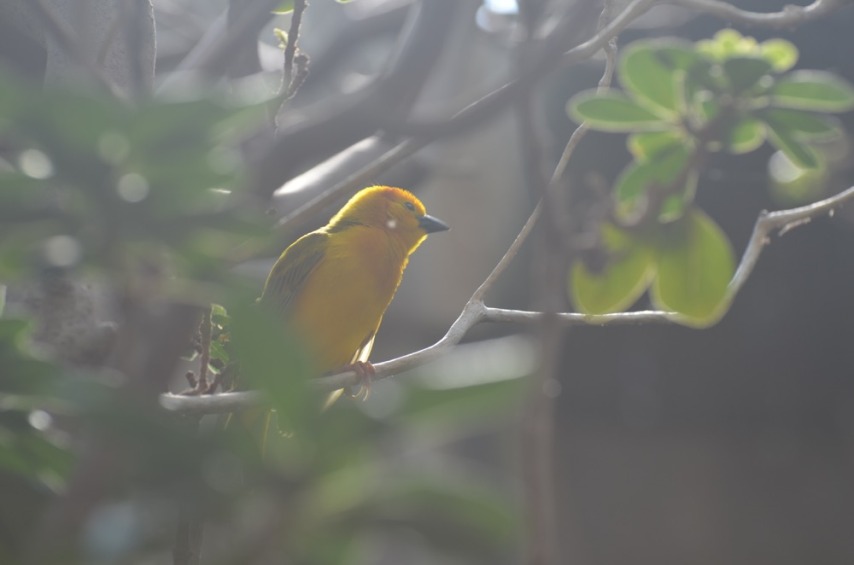
Wood Duck family
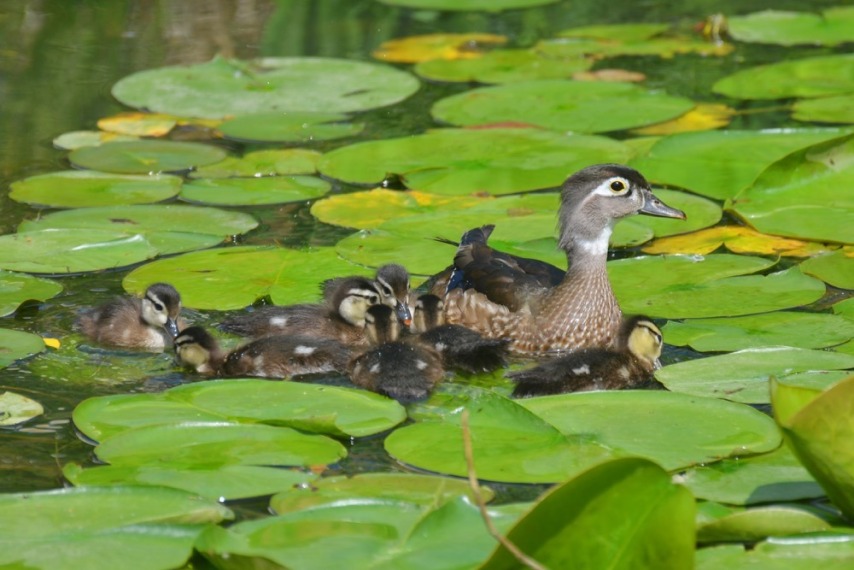
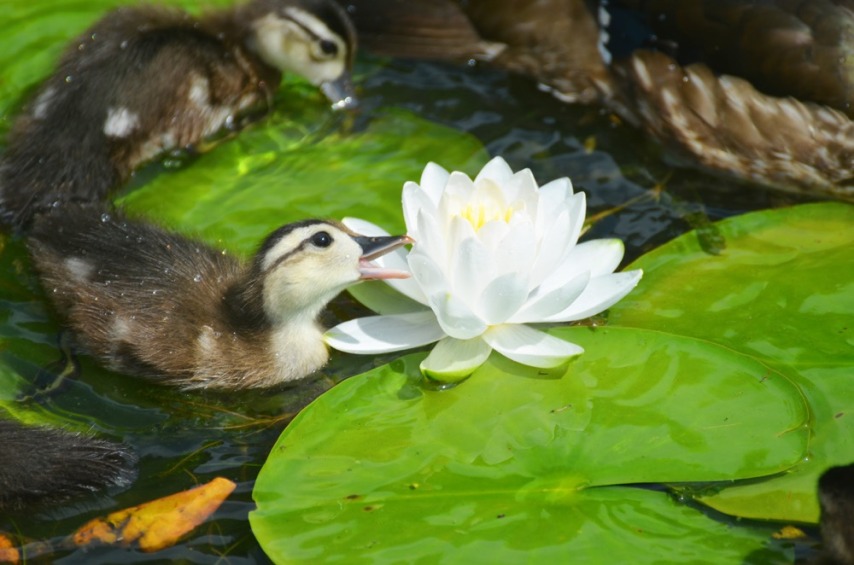


Baltimore Oriole
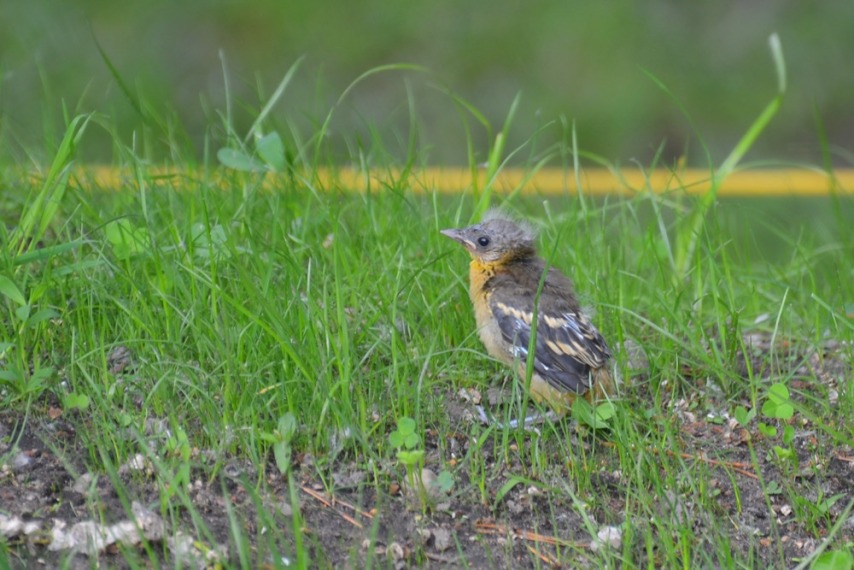
Styracosaurus

Red Panda
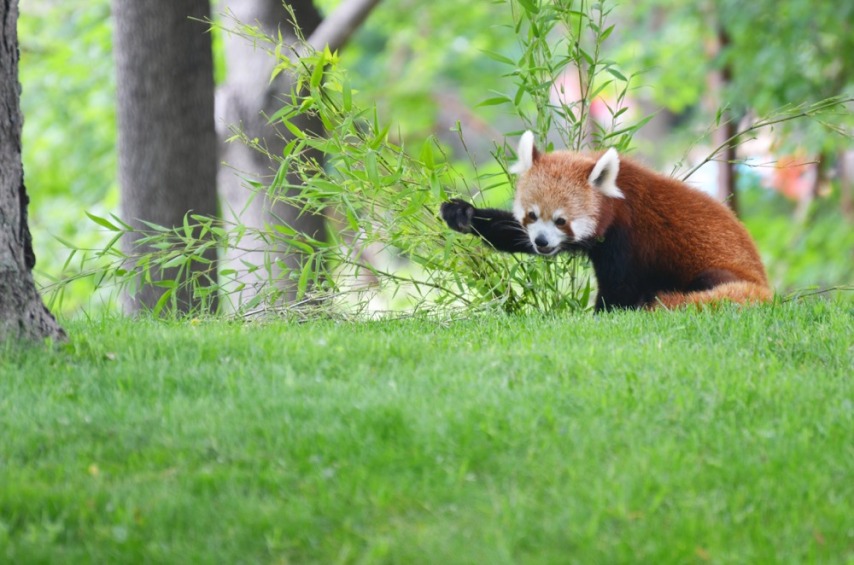
Amur Tiger
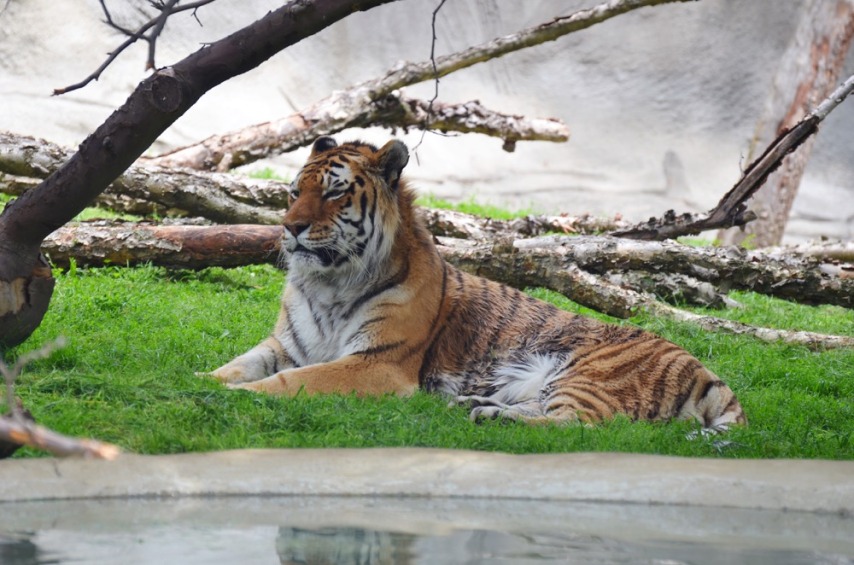


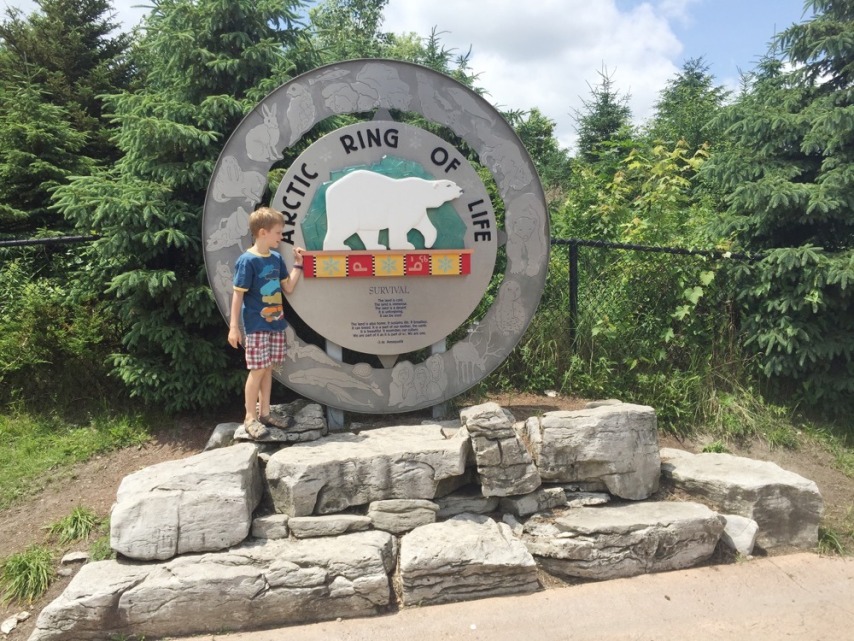
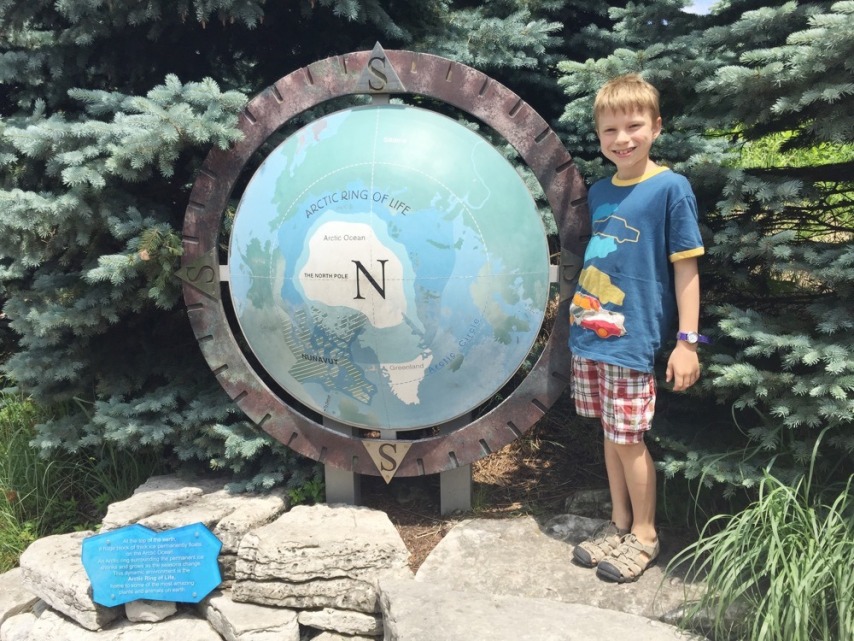
Polar Bear

Grizzly Bear
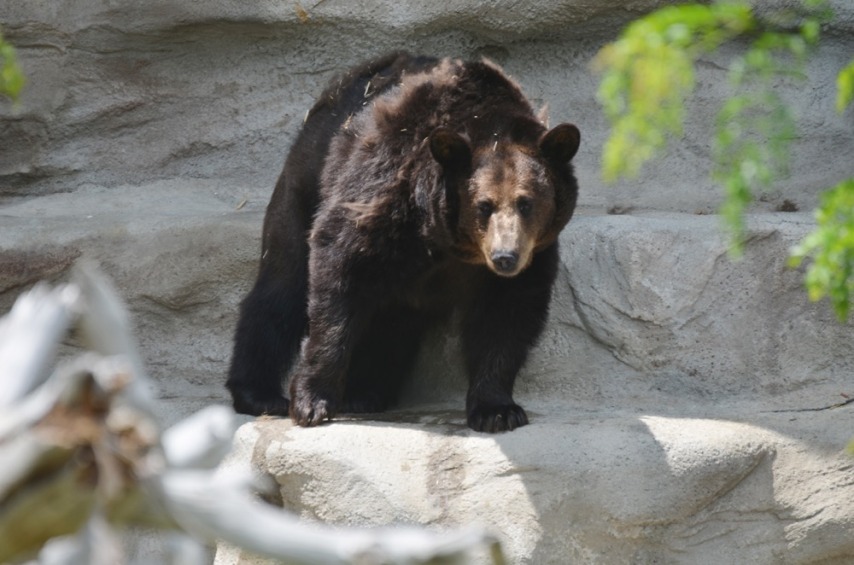
Black-crowned Night Heron (wild)
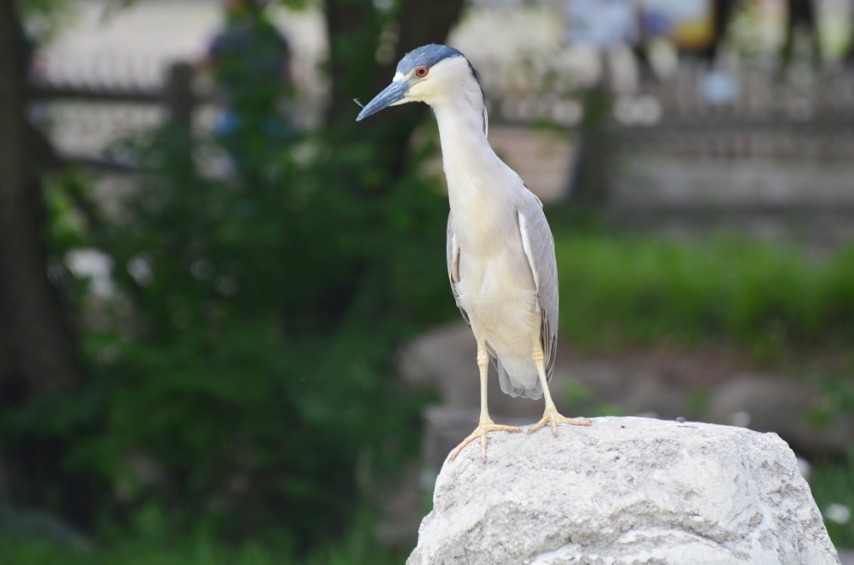
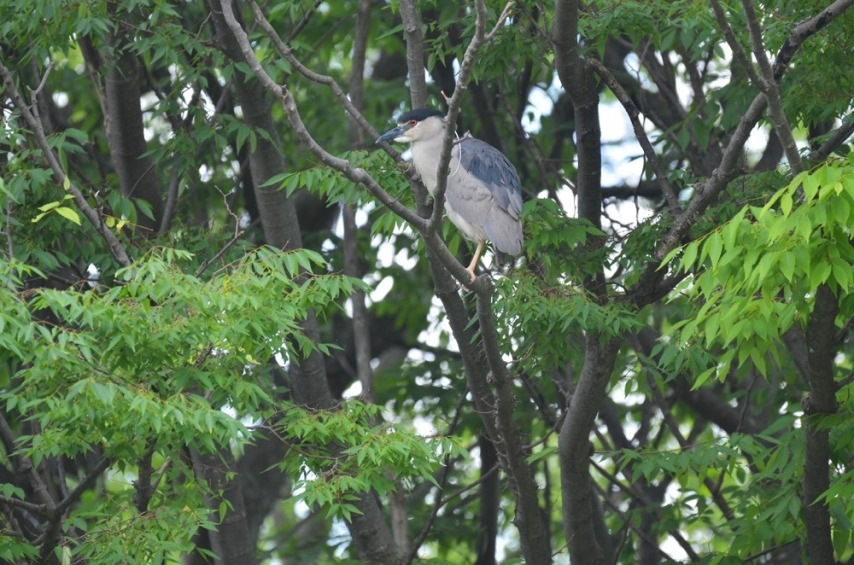
Gray Wolf
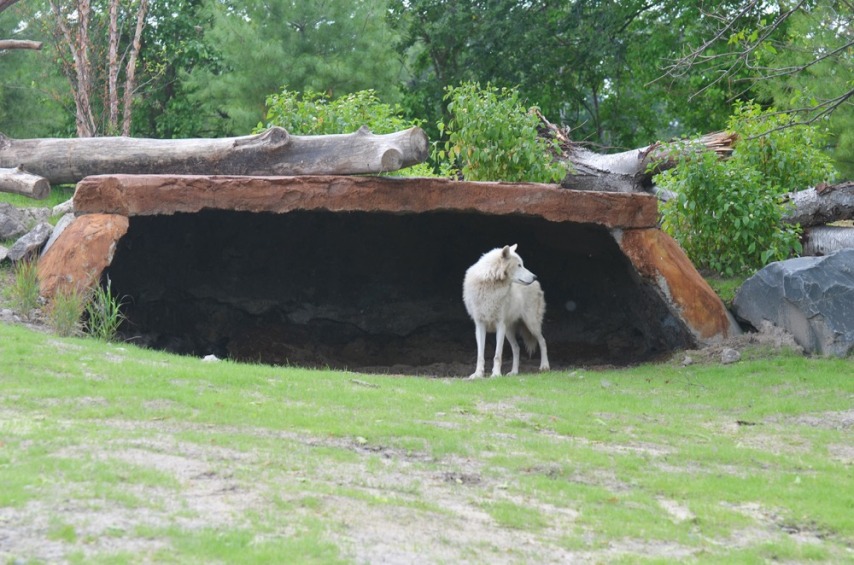
Pairie Dog
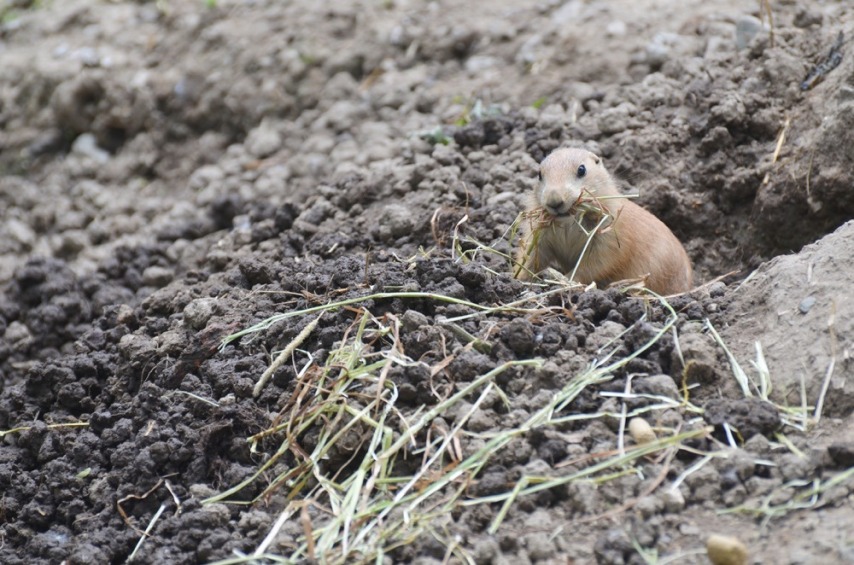
American Robin (wild, bathing)
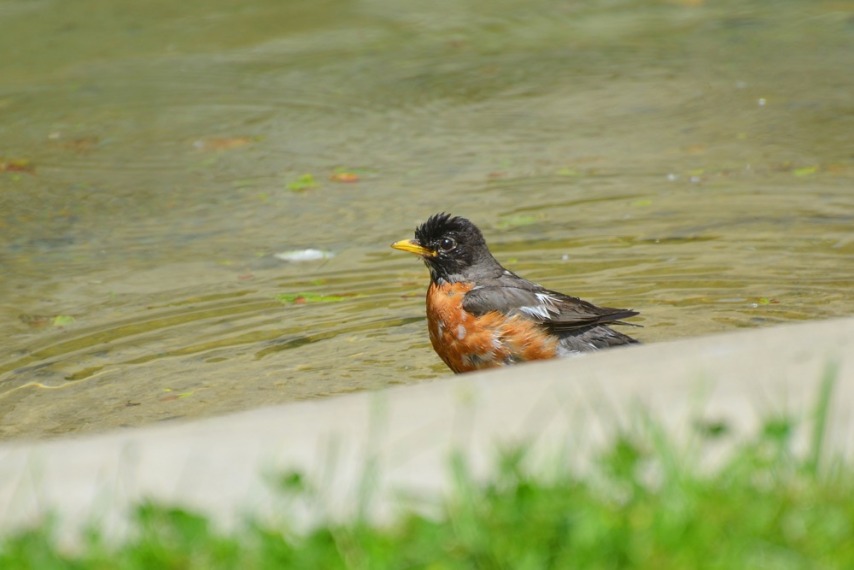
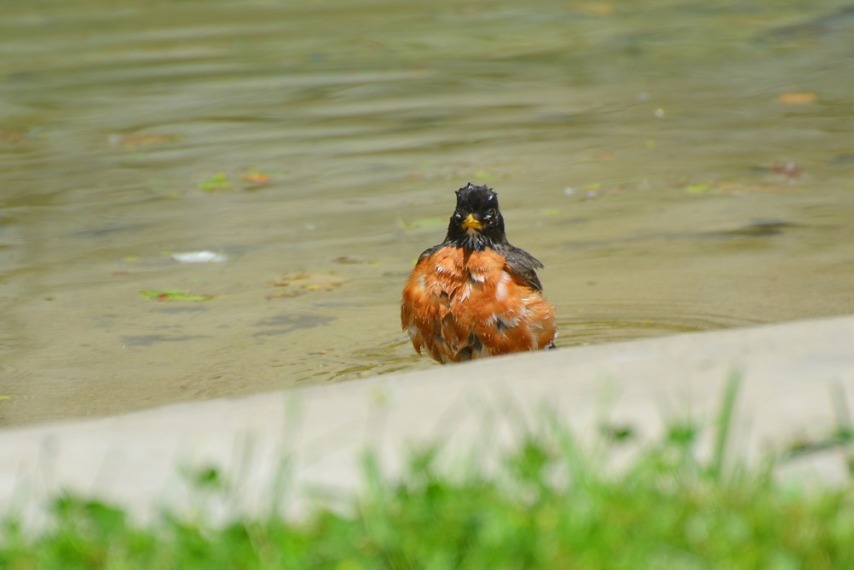
Giant Anteater
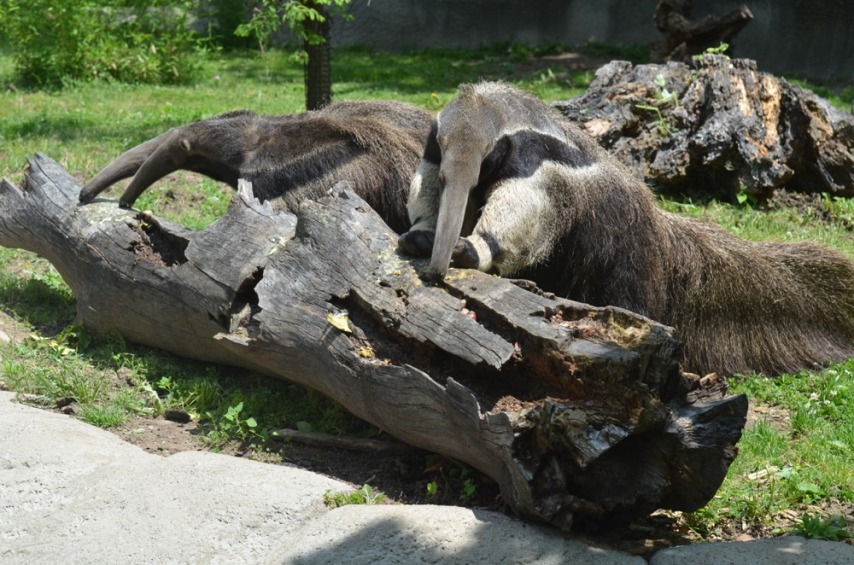
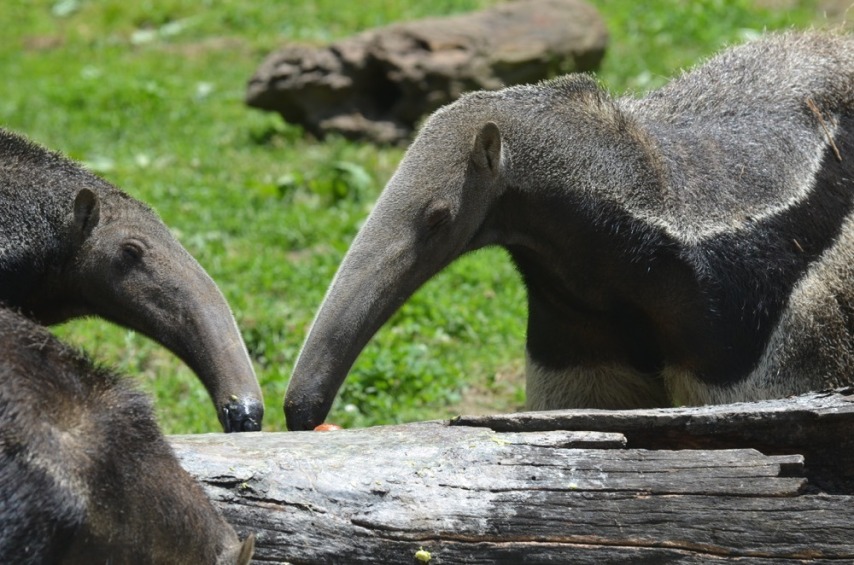
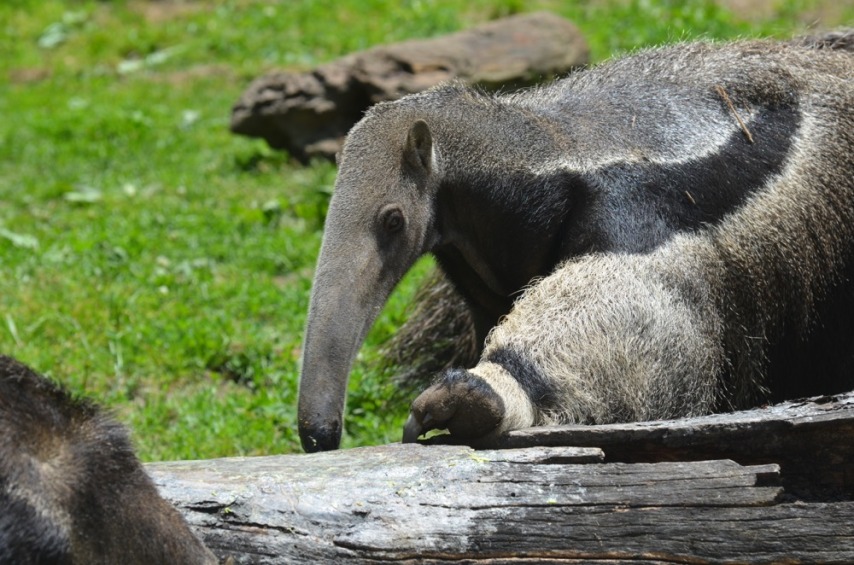
Flamingo (bathing)
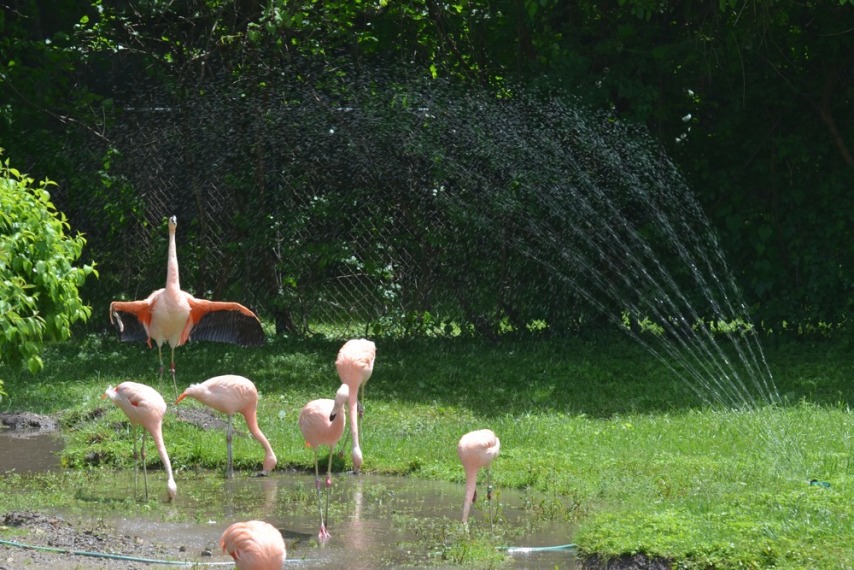


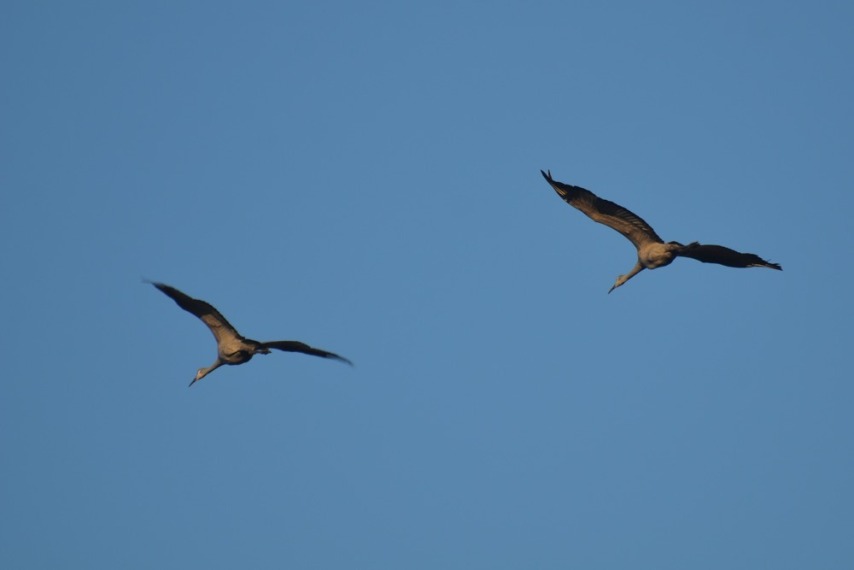
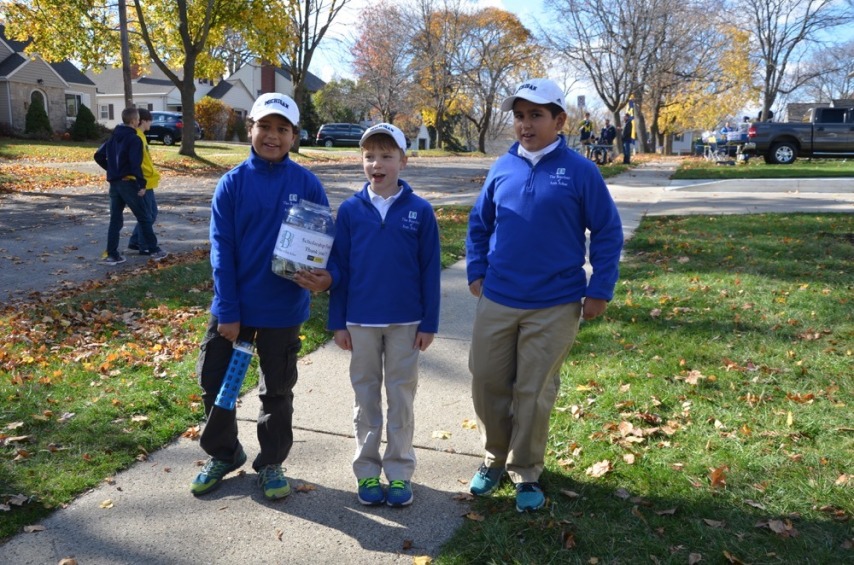

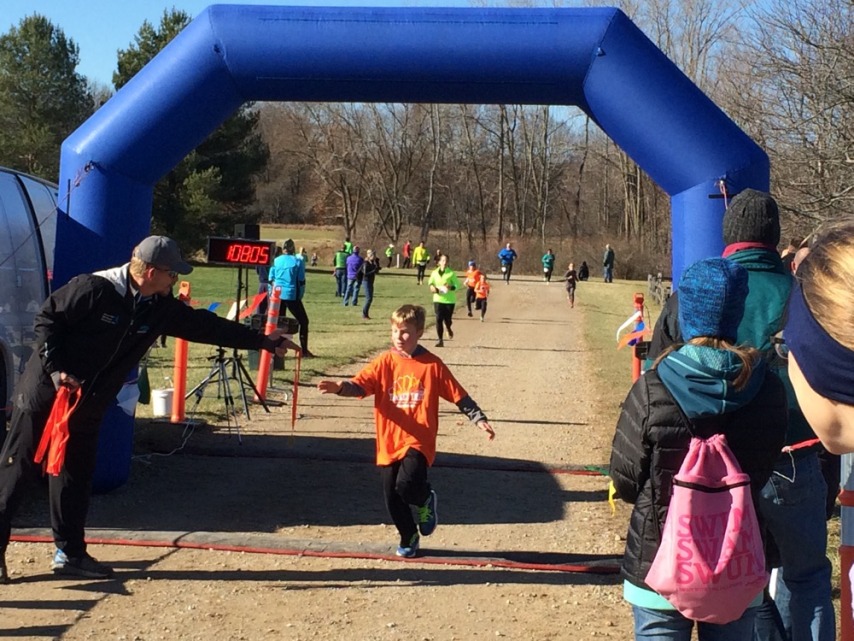

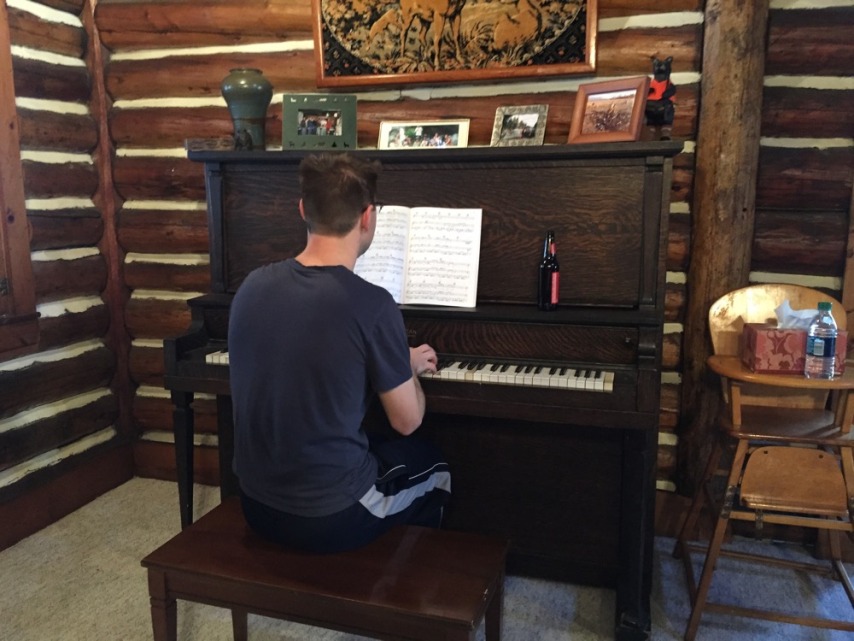
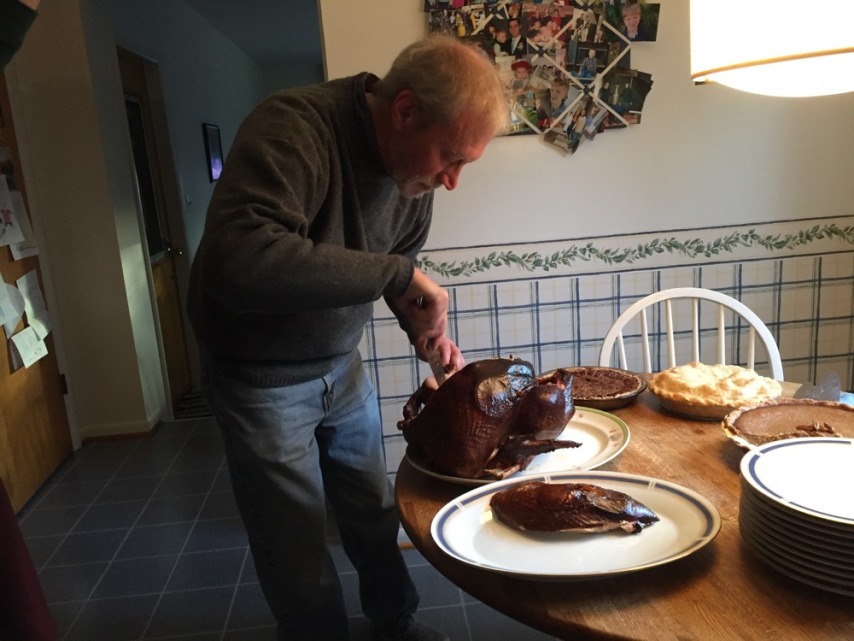
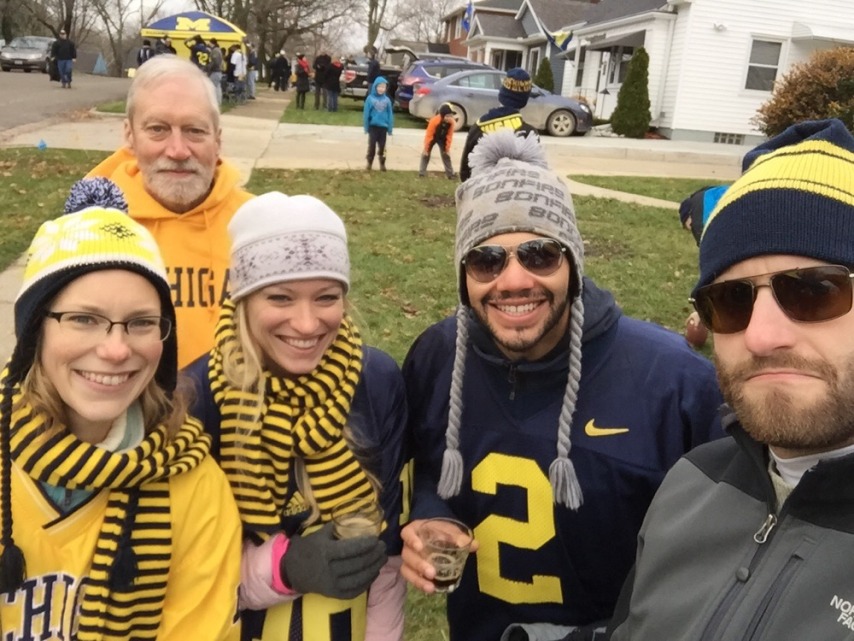
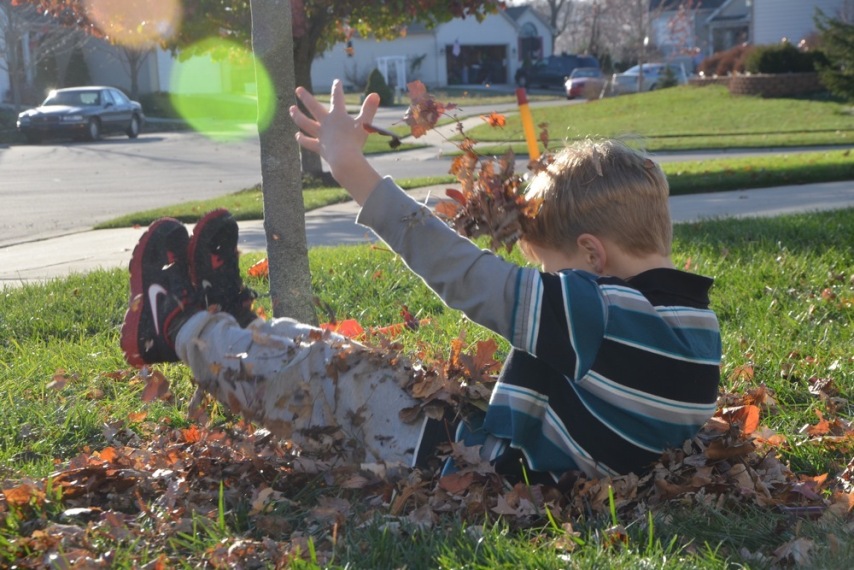

 Wednesday, December 16, 2015
Wednesday, December 16, 2015